Home of UT
Materials Science and
Engineering
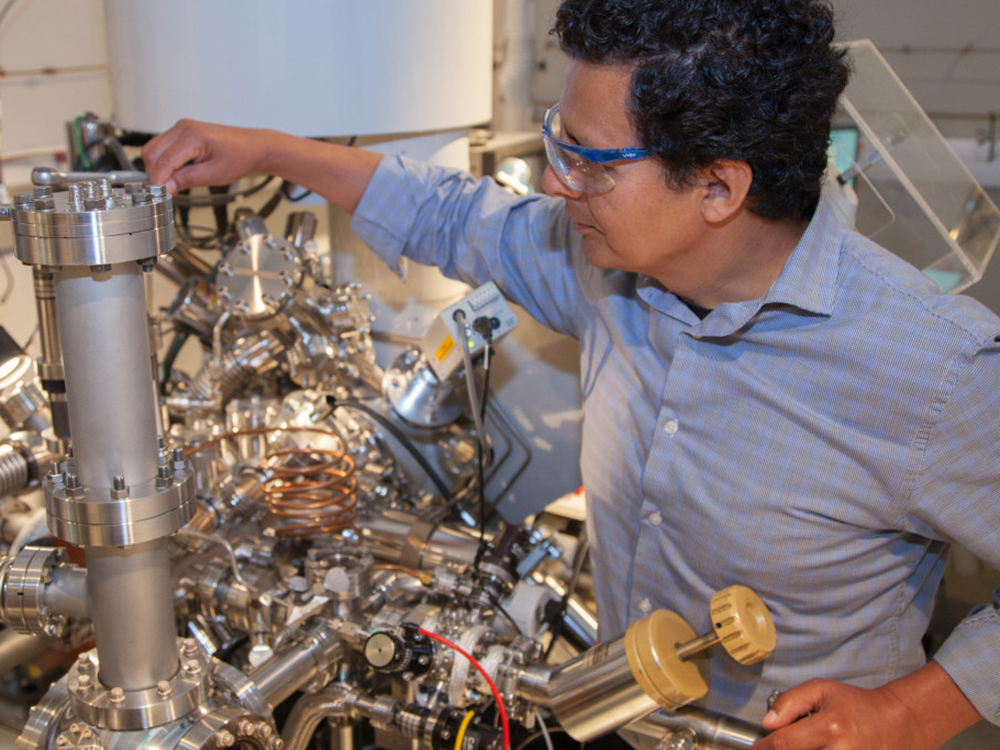
Facilities
With over 10,000 square feet of lab space and state-of-the-art instrumentation and equipment, TMI is a world-class hub for materials research.
Learn More
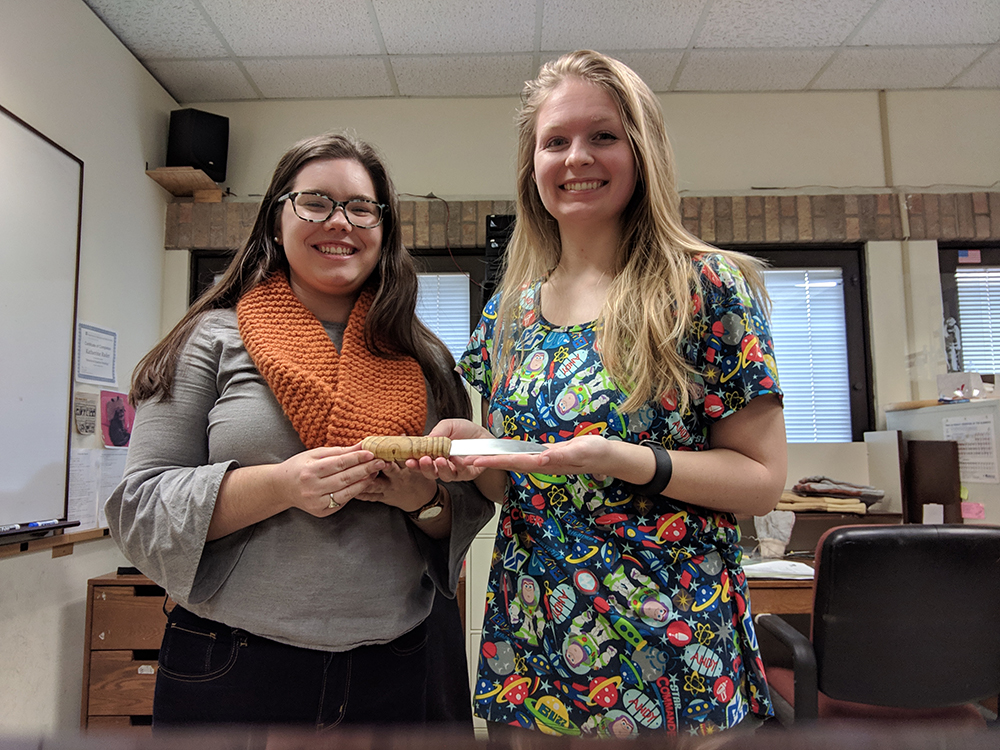
Materials Science
Our Materials Science and Engineering program is one of the best in the nation, and our graduates go on to be leaders in their fields.
Learn More
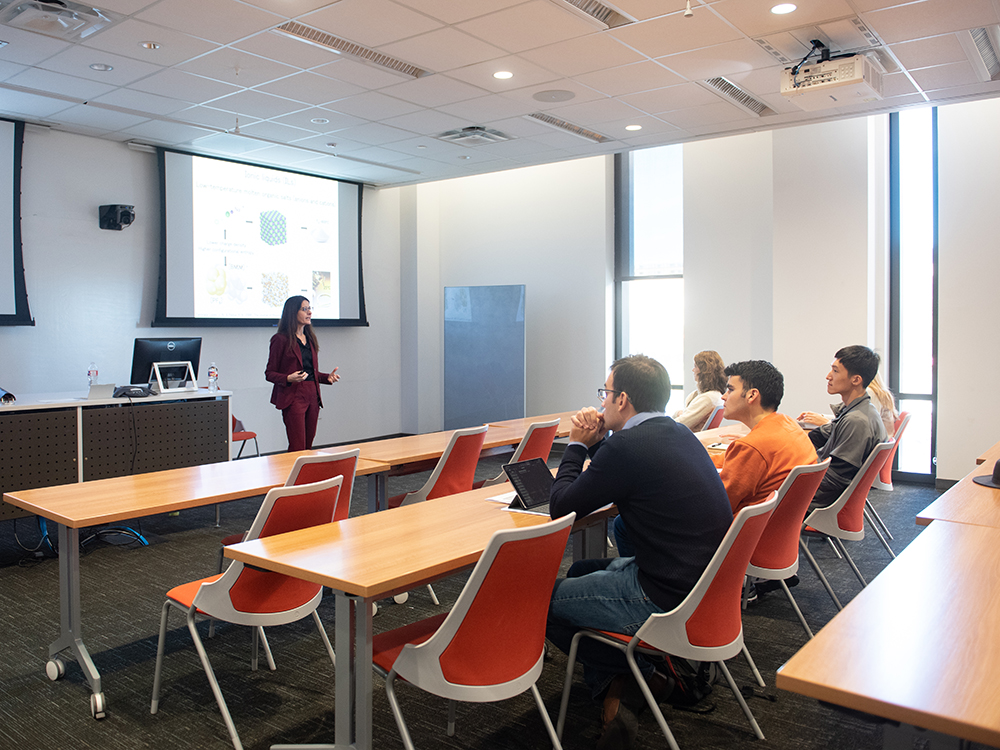
Seminar Series
TMI hosts prestigious speakers throughout the year to promote research collaboration and learning across material science and engineering at UT.
Learn More
Home

Guihua Yu, Elected Fellow of the American Association for the Advancement of Science
A trio of Texas Engineers have been elected fellows of the American Association for the Advancement of Science (AAAS), the world’s largest general scientific society. One of them being our very own, Dr. Guihua Yu!

Guihua Yu Featured in People Magazine
Dr. Guihua Yu, a professor at the University of Texas at Austin, has invented a pioneering water filter to tackle pollution. His breakthrough earned him a feature in People news.

'Smart Swarms' of Tiny Robots Inspired by Natural Herd Mentality
In natural ecosystems, the herd mentality plays a major role – from schools of fish, to beehives to ant colonies. This collective behavior allows the whole to exceed the sum of its parts and better respond to threats and challenges.

UT Austin Chemist Bridges Chemistry and Solid-State Physics to Advance Understanding of Solar Panel Interfaces
In a groundbreaking development, Professor Michael Rose from the Department of Chemistry and Texas Materials Institute, is the sole author and has been published in the Journal of the American Chemical Society due to his research into the intricacies of interfacial band structure and hybridization of silicon materials with surface molecules, particularly relevant to solar energy and solar fuels conversion.
Page 1 of 16
Goodenough Materials Innovation Lectures
In honor of Nobel Laureate Goodenough, this lecture series aims to bring leading experimentalists and theorists engaged in the broad field of materials to illustrate the past and present of materials research, and thereby create a vision for future innovation in this space.
Learn More
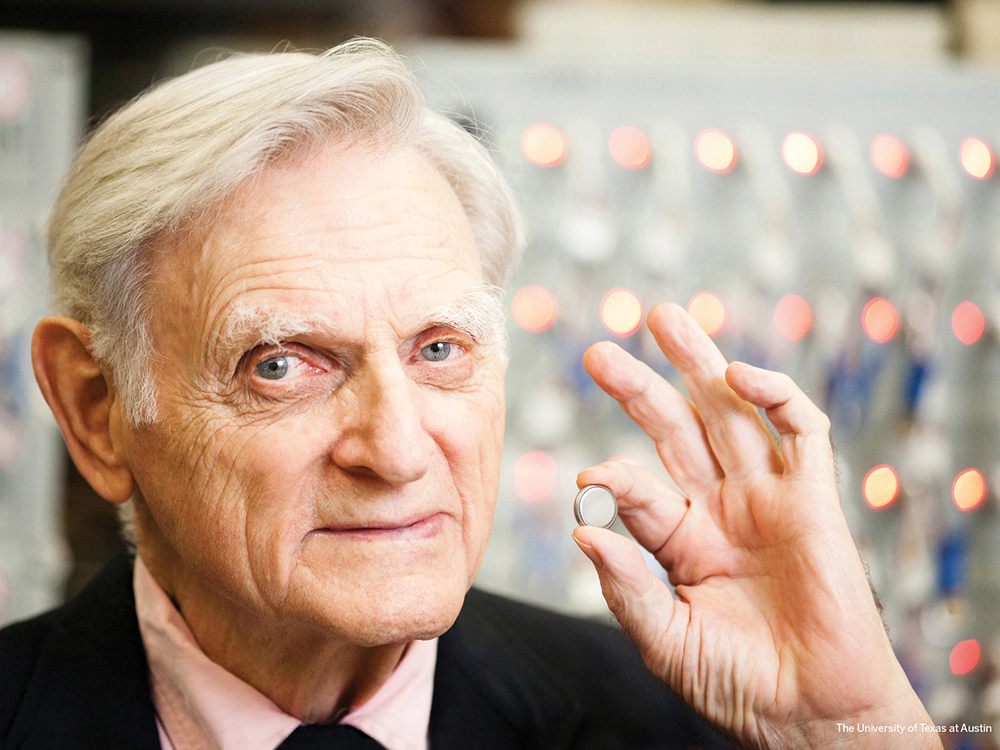
$12M+
In Grant Funding
20+
Research Patents
10K+
Sq. Ft. of Research Labs
News
Guihua Yu, Elected Fellow of the American Association for the Advancement of Science

A trio of Texas Engineers have been elected fellows of the American Association for the Advancement of Science (AAAS), the world’s largest general scientific society. One of them being our very own, Dr. Guihua Yu!
Guihua Yu Featured in People Magazine

Dr. Guihua Yu, a professor at the University of Texas at Austin, has invented a pioneering water filter to tackle pollution. His breakthrough earned him a feature in People news.
'Smart Swarms' of Tiny Robots Inspired by Natural Herd Mentality

In natural ecosystems, the herd mentality plays a major role – from schools of fish, to beehives to ant colonies. This collective behavior allows the whole to exceed the sum of its parts and better respond to threats and challenges.
Yuanyue Liu, ACS 2023 Rising Star
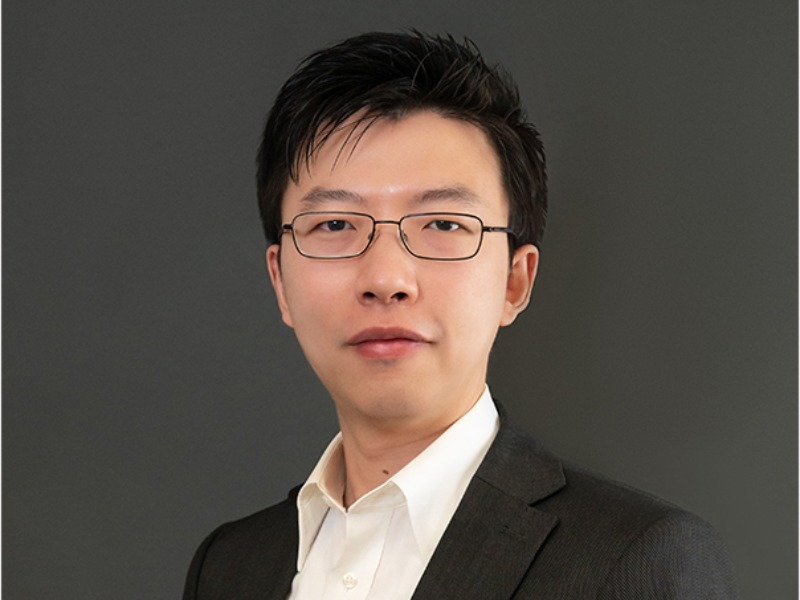
Dr. Yuanyue Liu from the Walker Department of Mechanical Engineering has been chosen from over 300 nominations, as part of the top 17 researchers that were presented with the ACS Materials Au: 2023 Rising Star in Materials Science title.
Cryo-EM Reveals Sodium Metal Battery Degradation Mechanism
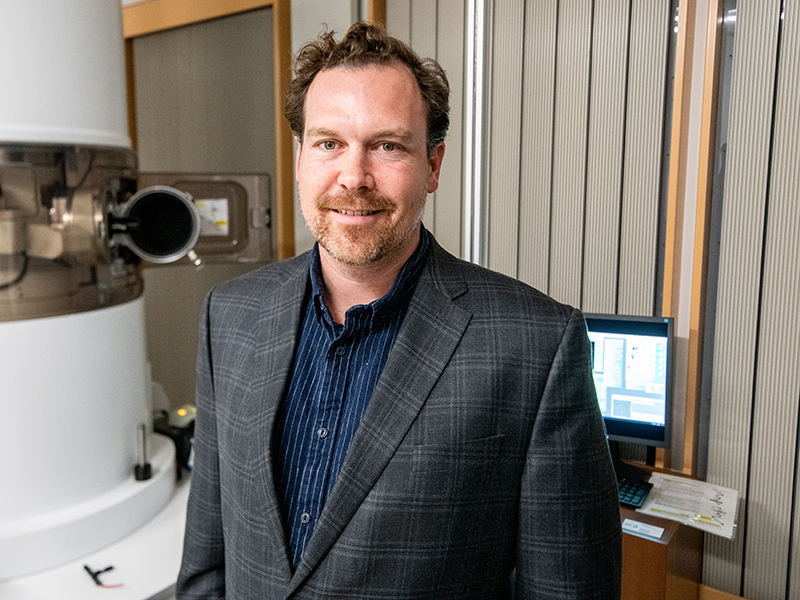
A collaborative team of researchers from the Warner group and Guihua Yu Group at the University of Texas at Austin have developed a new workflow for cryogenic electron microscopy (cryo-EM) characterization of battery materials that has paved the way for new insights into a degradation mechanism of sodium metal batteries, recently published in Advanced Materials.

